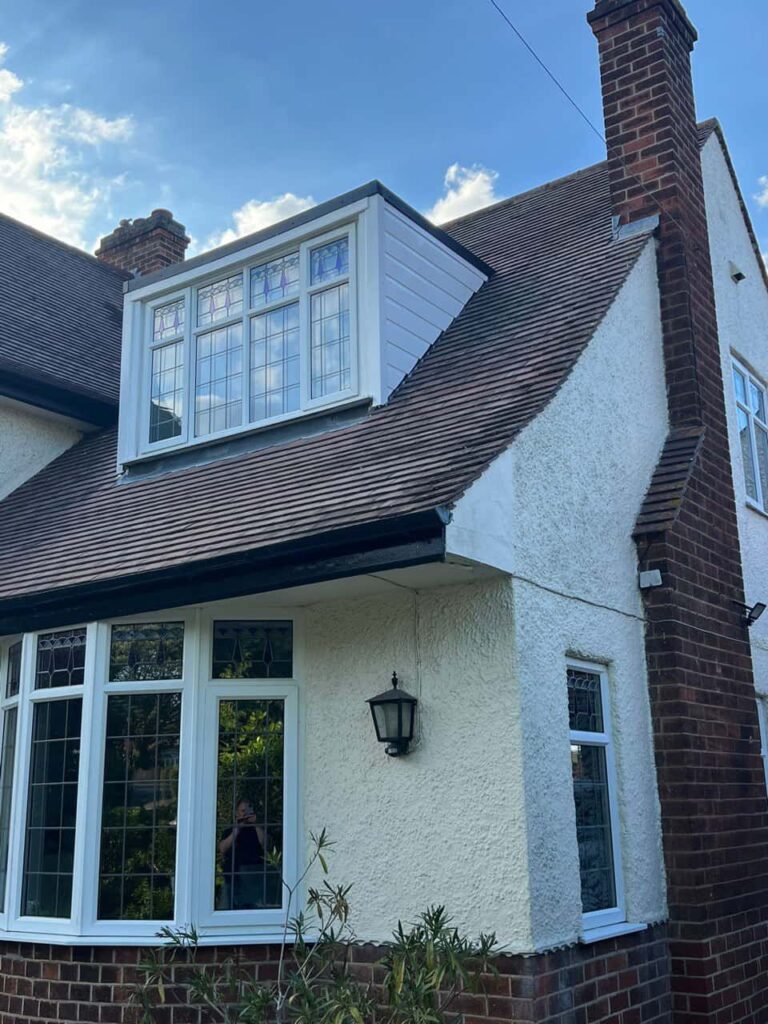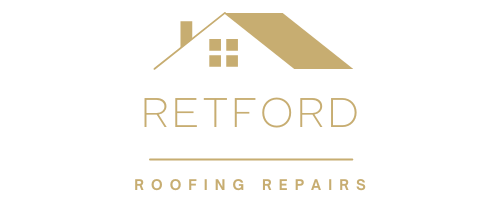When you think of roofing materials, leadwork may not immediately come to mind, especially when considering modern roof designs. However, leadwork has a long history in the construction and roofing industries, known for its durability, flexibility, and aesthetic appeal. With growing interest in sustainable materials and restoration of traditional design elements, leadwork is making a comeback – even on modern roofs.
In this blog post, we will explore how leadwork can be used in contemporary roofing and why it remains a viable option for modern properties in Retford, Nottinghamshire, and beyond.
1. The Advantages of Leadwork for Modern Roofs
Leadwork has long been prized for its longevity and malleability, which makes it an excellent choice for both traditional and modern roof designs. While many people associate lead with older, more classical architecture, its benefits are just as relevant today:
Durability and Longevity
Lead is a highly durable material that can last for many decades, even centuries, with the right care and maintenance. This makes it an excellent long-term investment, reducing the need for frequent roof repairs and replacements. The weather-resistant nature of lead ensures that it will protect your roof from the elements, keeping your property secure and dry. This resilience makes leadwork a great choice for modern roofs exposed to the unpredictable British weather.
Flexibility and Malleability
One of the key features of lead is its ability to be moulded into virtually any shape. This flexibility makes it ideal for modern roof designs, which often feature unique shapes and angles. Leadwork can be used for a range of applications, including valleys, hips, ridges, dormers, and flashings, seamlessly integrating with both traditional and contemporary architectural styles.
Aesthetics
While functionality is crucial, the visual appeal of a roof is equally important. Leadwork offers a timeless, elegant look that can complement a variety of roof designs, adding a distinctive character to your property. The sleek grey appearance of lead can work beautifully with both rustic and modern roof finishes, offering a touch of sophistication that enhances your home’s exterior.
2. Leadwork in Contemporary Roofing
Many modern homes are incorporating traditional roofing materials like lead to create a balanced, hybrid design that merges old-world charm with modern functionality. Here are a few examples of how leadwork can be used in modern roof designs:
Modern Dormer Windows
Dormer windows are a popular feature in modern roof designs, offering both aesthetic appeal and practical advantages by creating extra space and natural light in attics or lofts. Lead flashing can be used around dormers to create clean, waterproof seals. The adaptability of lead allows for intricate detailing around these features, maintaining the roof’s integrity and enhancing its appearance.
Flat Roofs with Lead Flashing
Flat roofs are a common choice for contemporary architecture due to their sleek, minimalist design. Lead flashing is an excellent option for flat roof systems, where it is used to seal joints and edges. This ensures the roof remains waterproof, even in areas where flat roofs meet walls or other structures. Leadwork’s malleability allows it to fit seamlessly into these designs, providing a neat and durable solution.
Pitched Roofs with Lead Valleys
On pitched roofs, lead can be used to create valleys – the areas where two sloping roofs meet. Valleys are prone to water pooling, which makes it crucial to use a material that is both durable and waterproof. Leadwork provides an excellent solution for this, as it can be shaped to perfectly fit the contours of the roof, offering superior drainage and longevity.
3. Sustainability and Environmental Benefits
In addition to its aesthetic and practical benefits, leadwork is an environmentally sustainable choice. Lead is 100% recyclable, meaning that old lead can be reused, reducing the environmental impact of production. Moreover, lead roofs have a long lifespan, meaning fewer resources are needed over time to replace or repair roofing materials.
Given the increasing demand for eco-friendly materials, lead’s sustainability makes it a suitable choice for modern homeowners who are looking to reduce their environmental footprint while maintaining the high performance of their roofs.
4. Expert Installation and Maintenance
While leadwork can be used effectively in modern roof designs, its installation and maintenance require a skilled and experienced professional. Lead is a specialist material, and incorrect installation can result in leaks or damage that could compromise the integrity of the roof. For the best results, it’s important to hire a roofing professional with expertise in leadwork.
At Retford Roofing Repairs, we specialise in the installation, repair, and maintenance of lead roofing systems. Whether you are incorporating lead into a new modern roof or restoring traditional elements, our team can ensure that the job is done to the highest standard, with a focus on quality and attention to detail.
Conclusion
Leadwork is a versatile and durable material that can easily be integrated into modern roof designs. Its ability to withstand the elements, flexibility in installation, and aesthetic appeal make it an excellent choice for a range of roofing projects. Whether you’re building a new home or upgrading an existing roof, leadwork offers a timeless solution that adds value, style, and functionality.
If you’re considering incorporating leadwork into your roof design or need expert advice on how to integrate it into your project, contact Retford Roofing Repairs. Our experienced team can help you achieve the perfect balance of traditional materials and modern design. Reach out today to discuss how we can assist with your roofing needs in Retford, Nottinghamshire.
Call us on: 01777 802 495
Click here to find out more about Retford Roofing Repairs
Click here to complete our contact form and see how we can help with your roofing needs.

